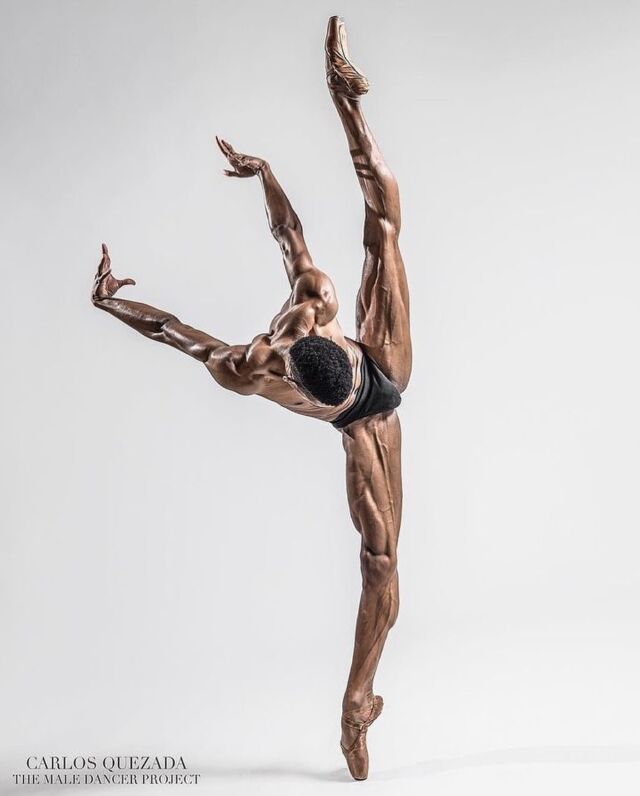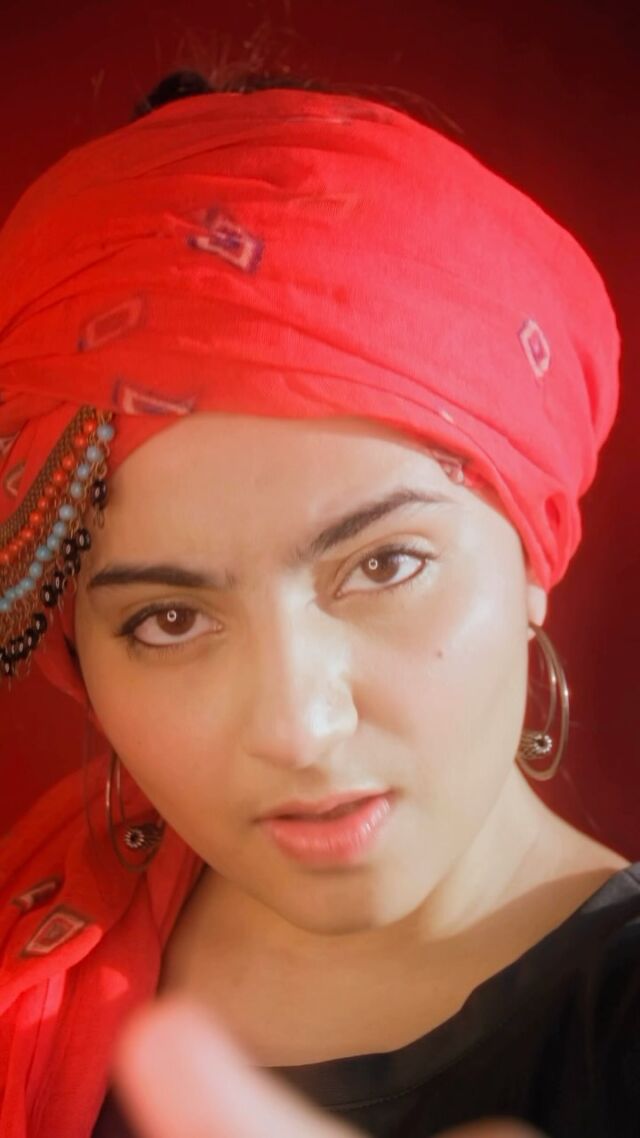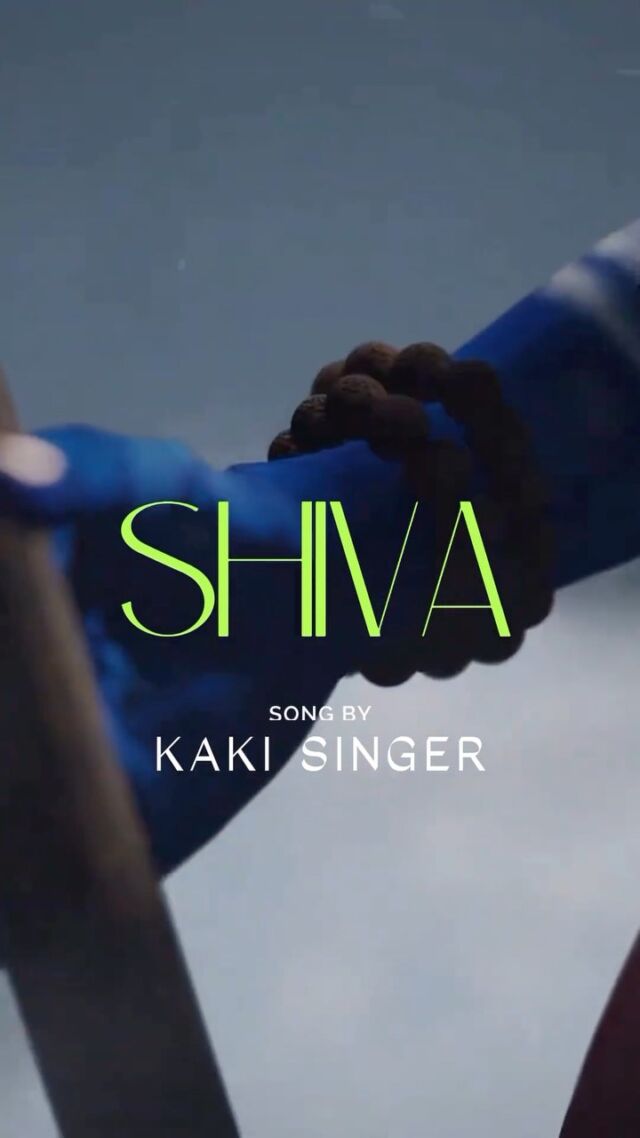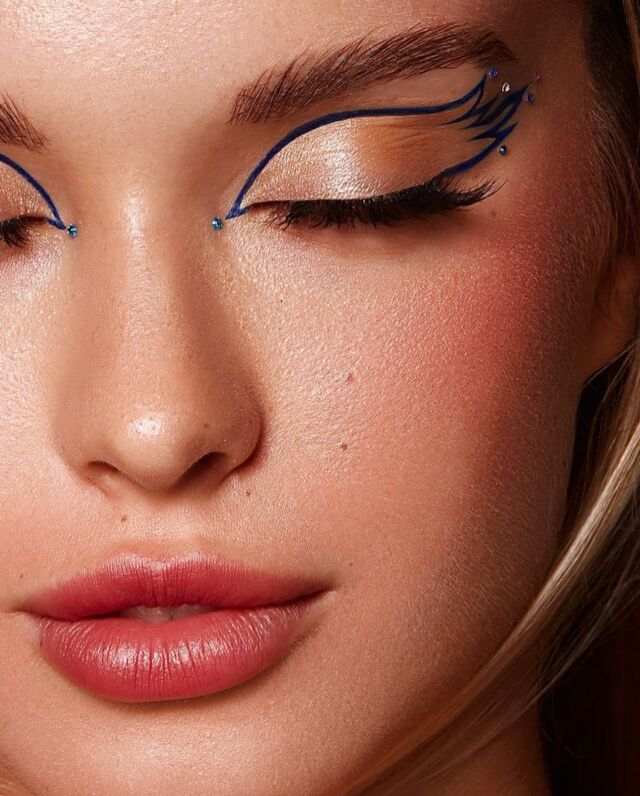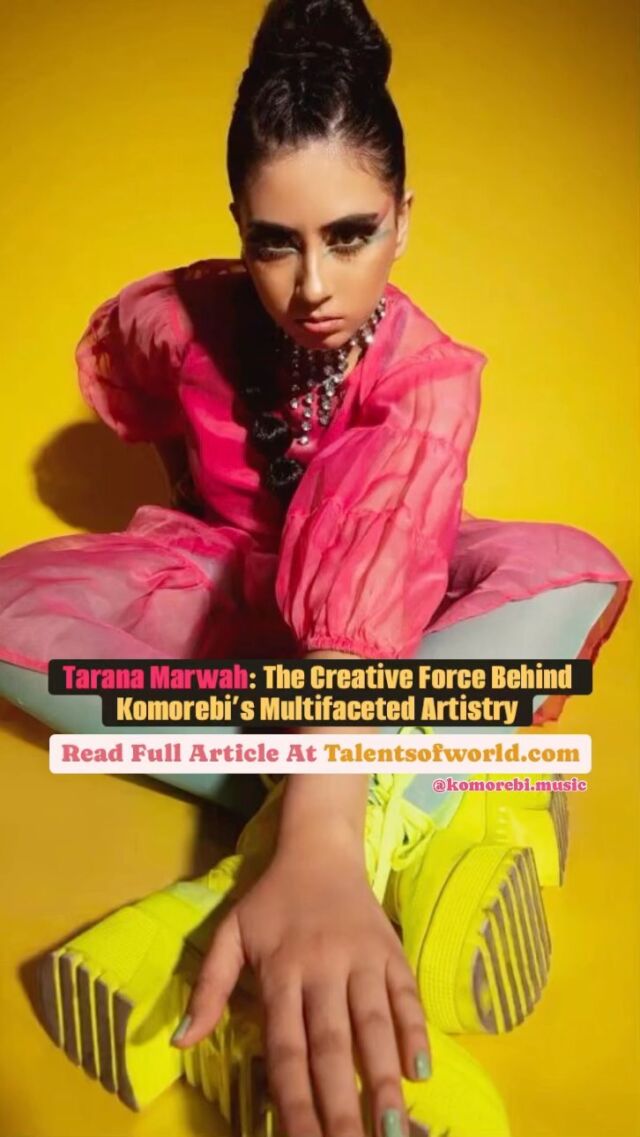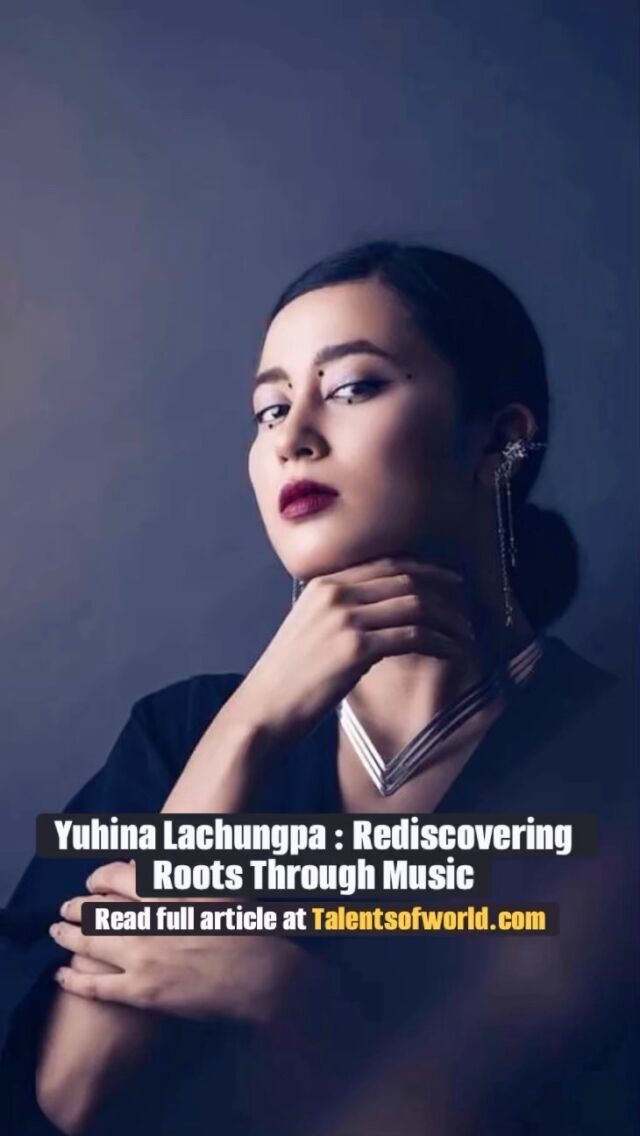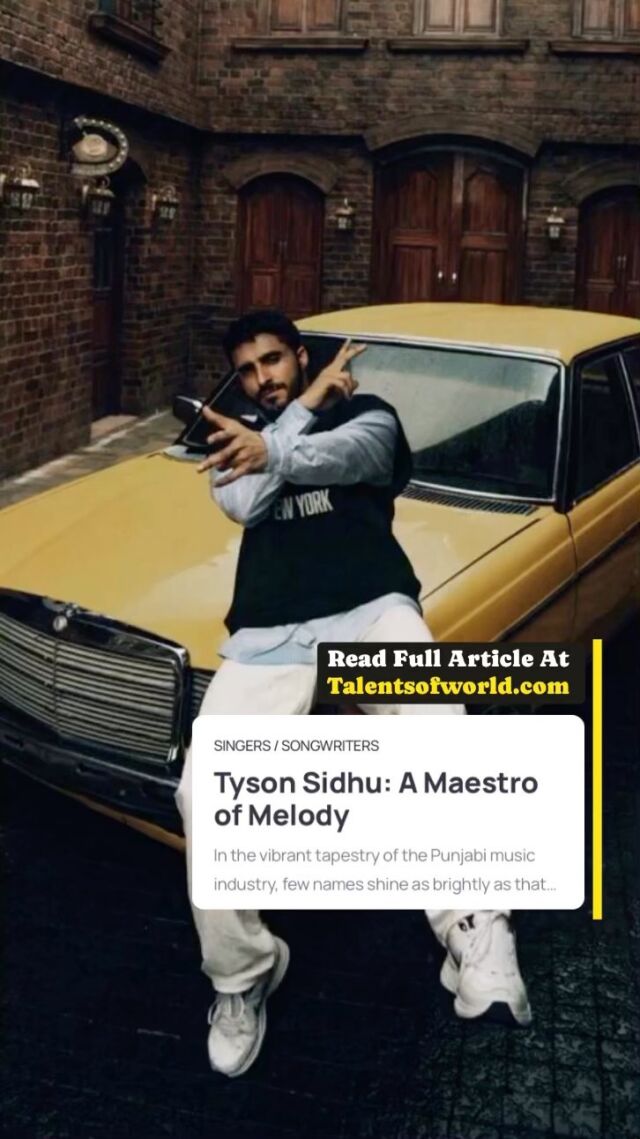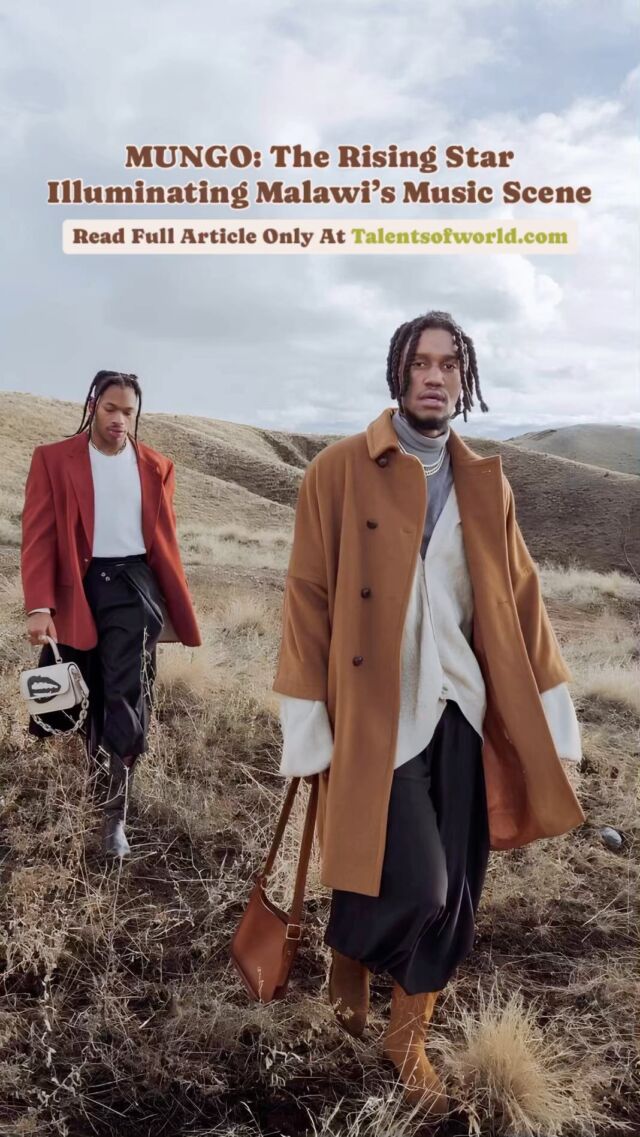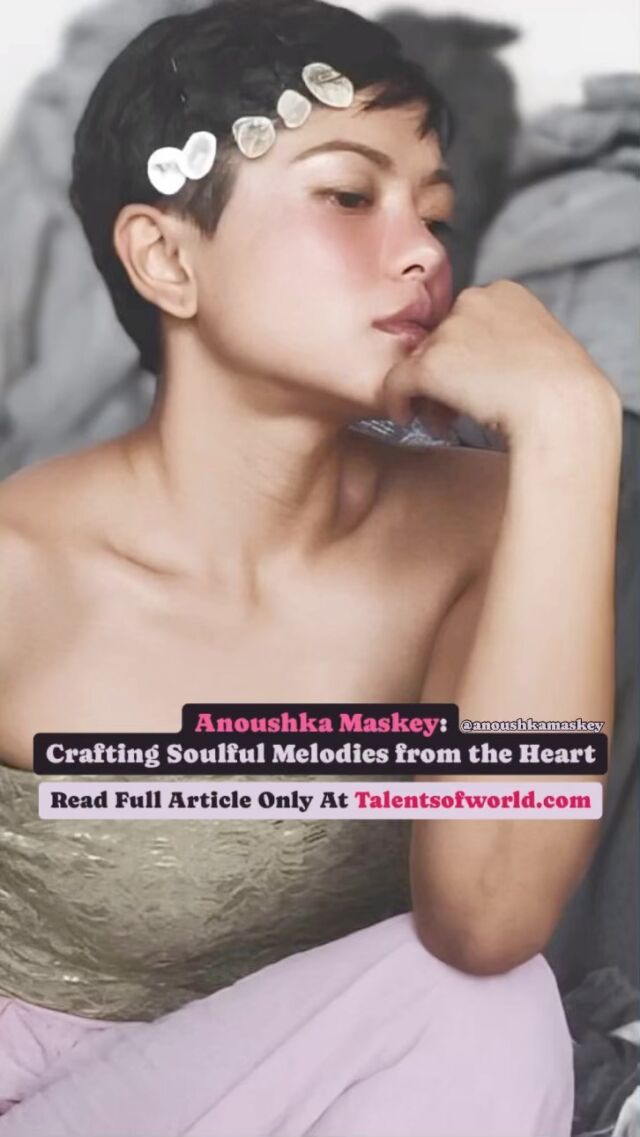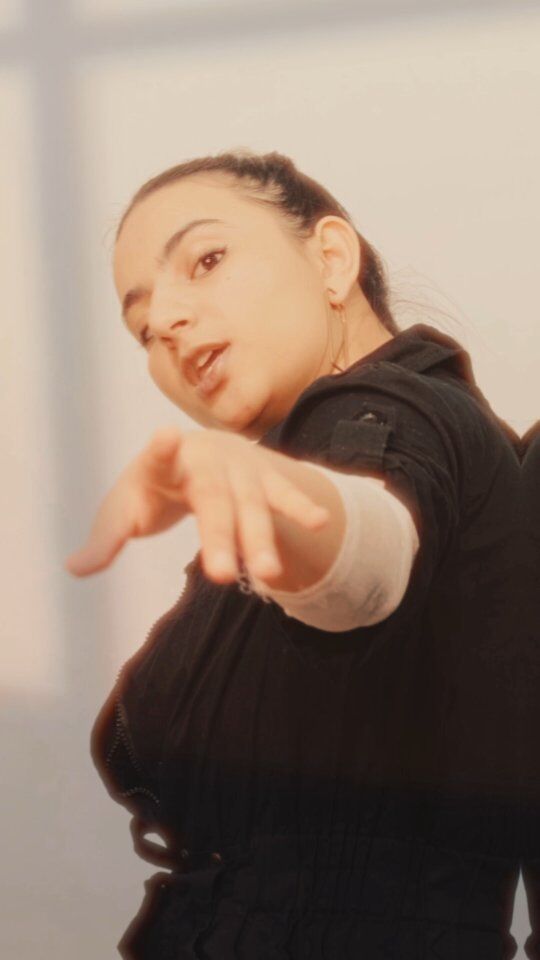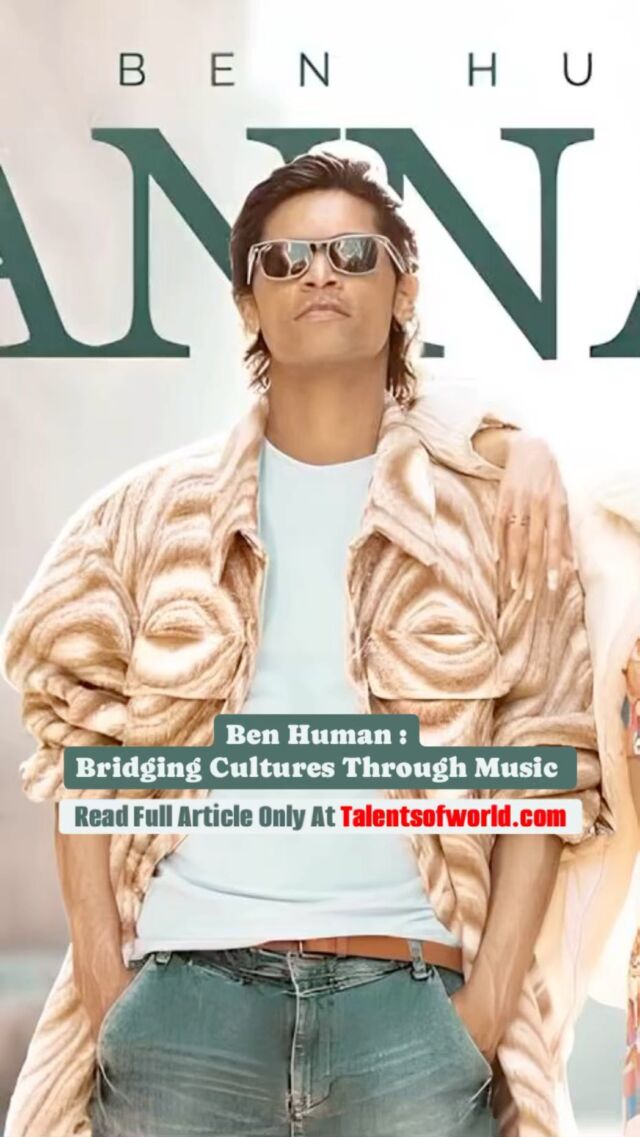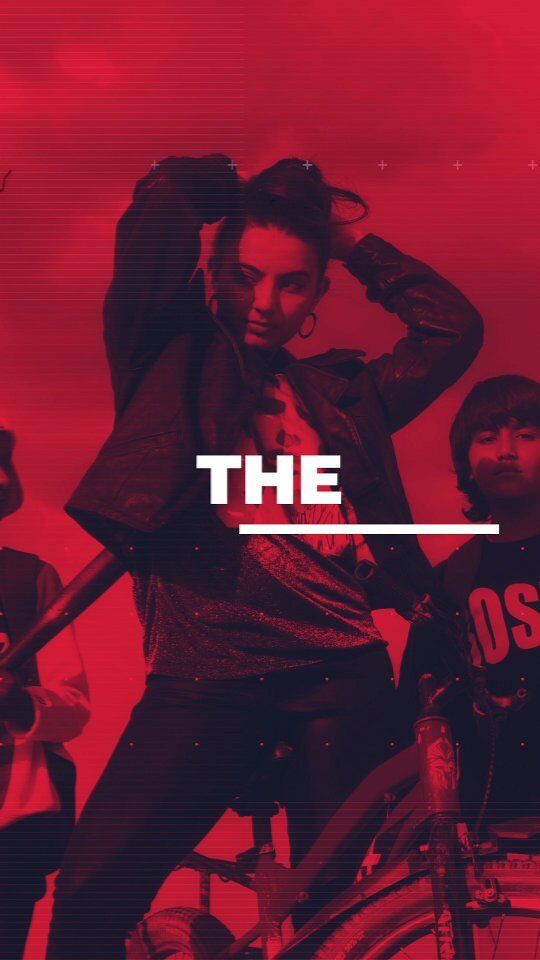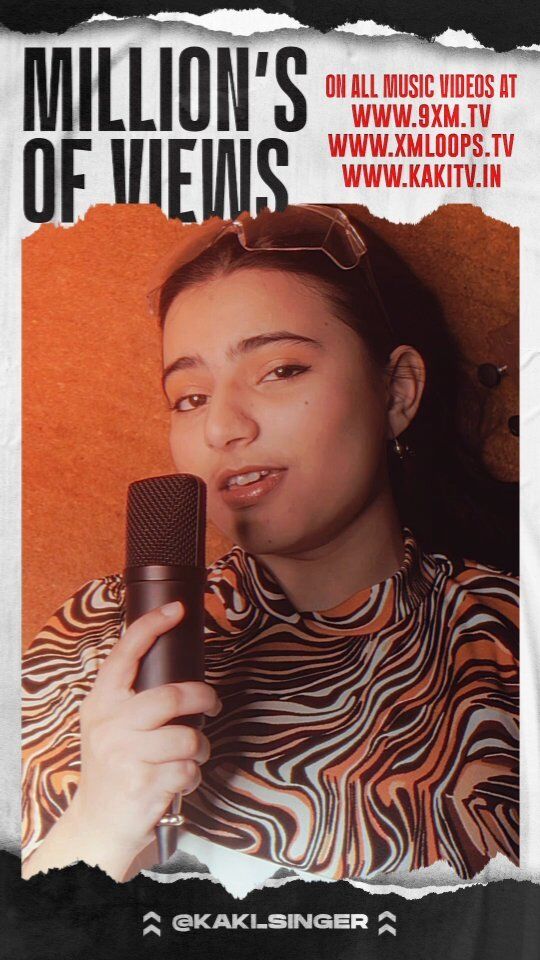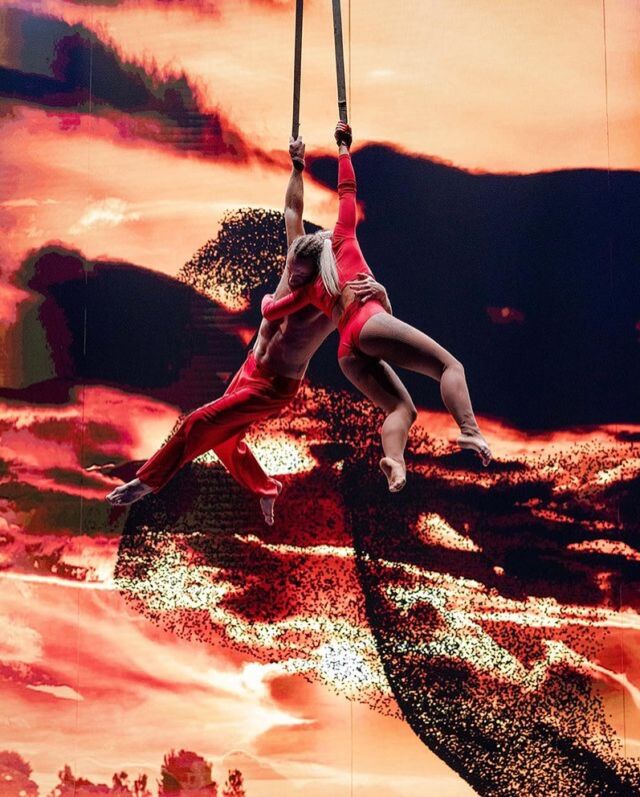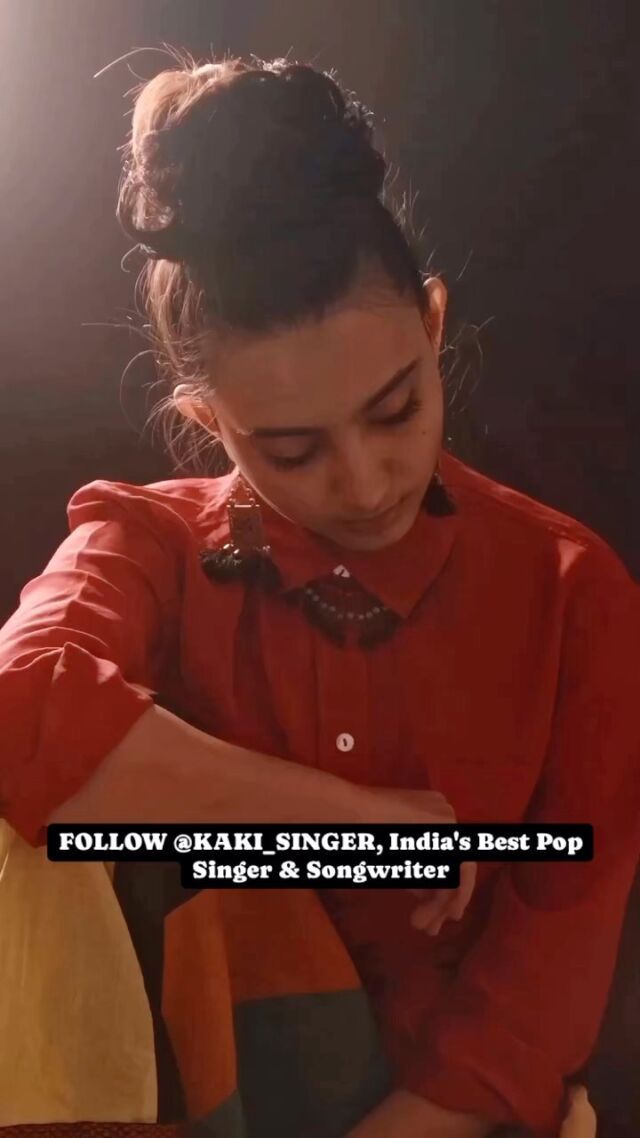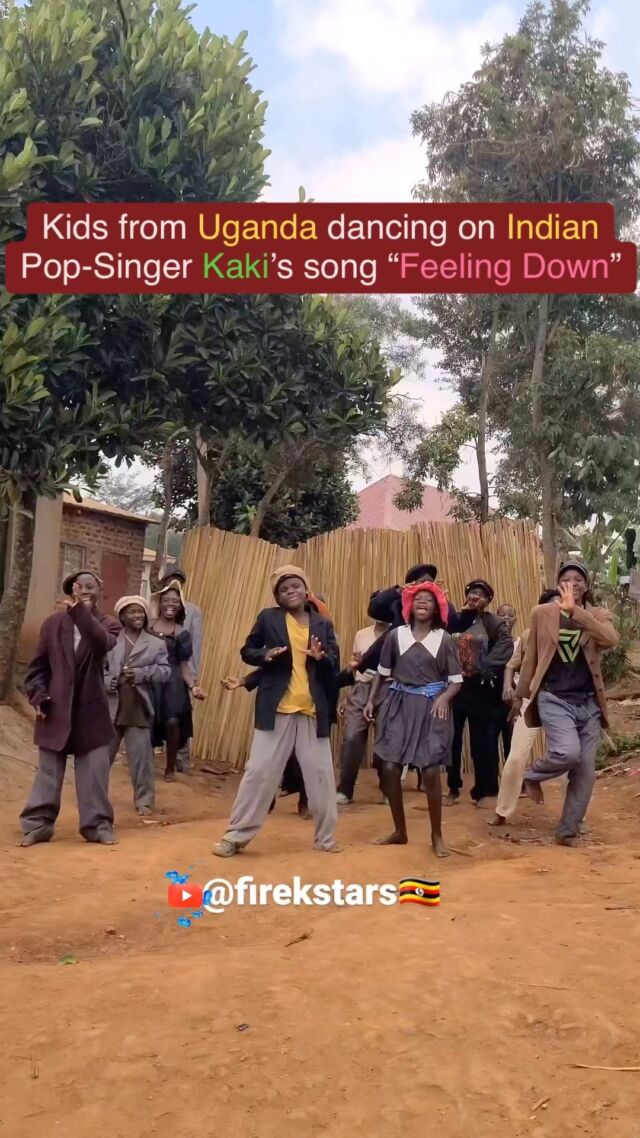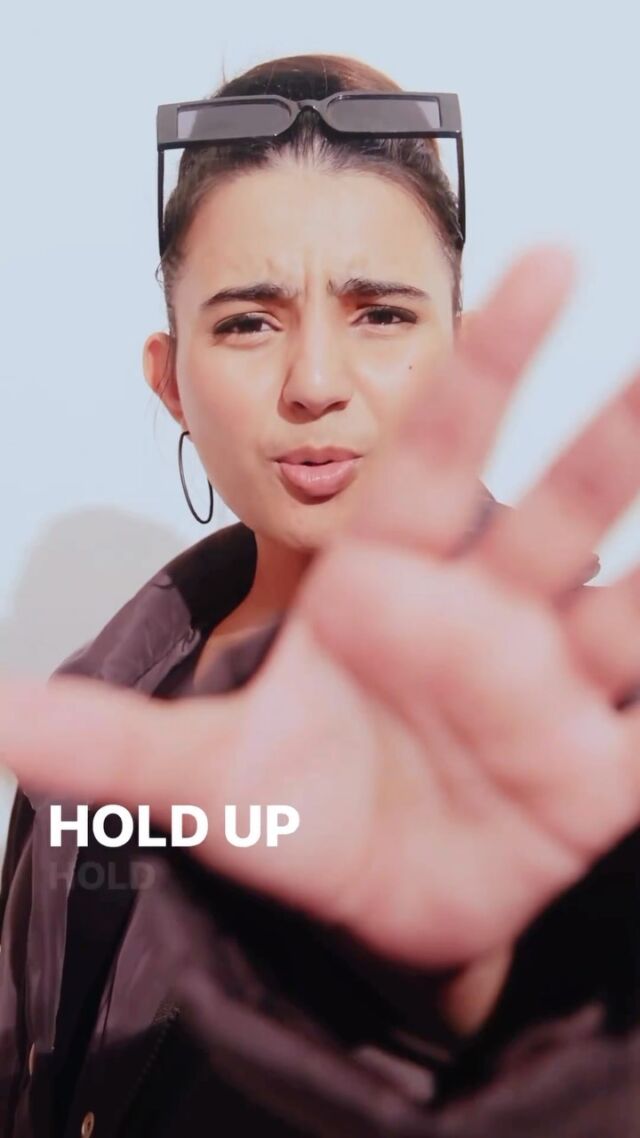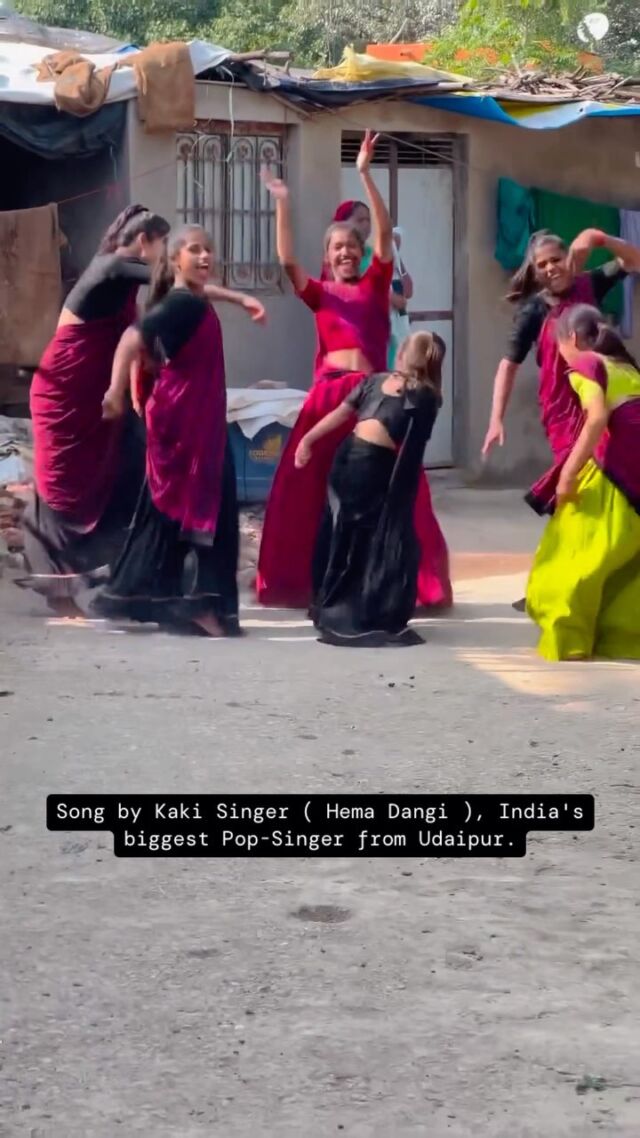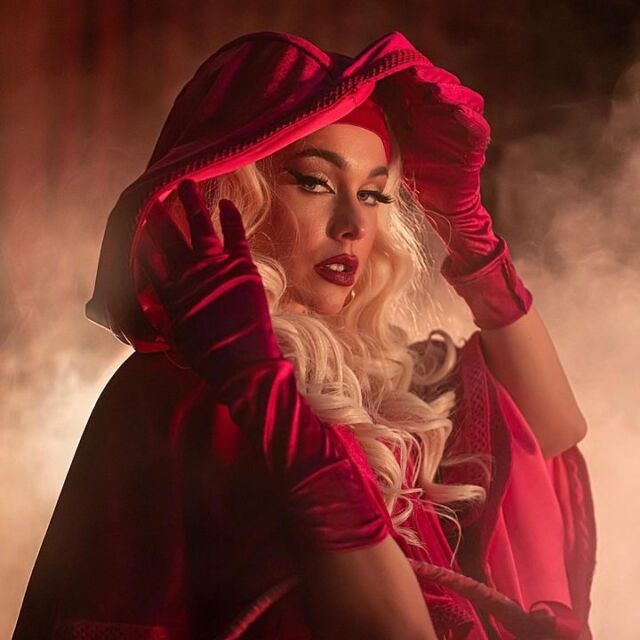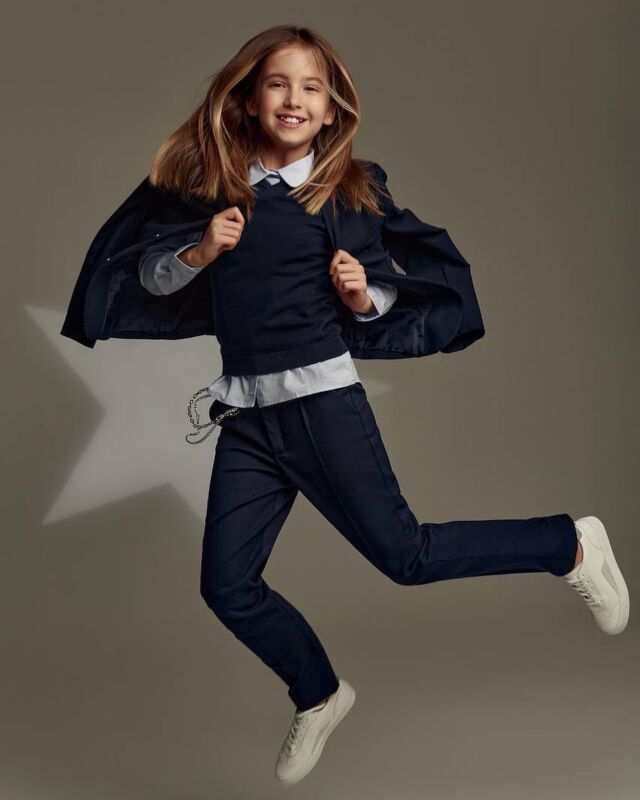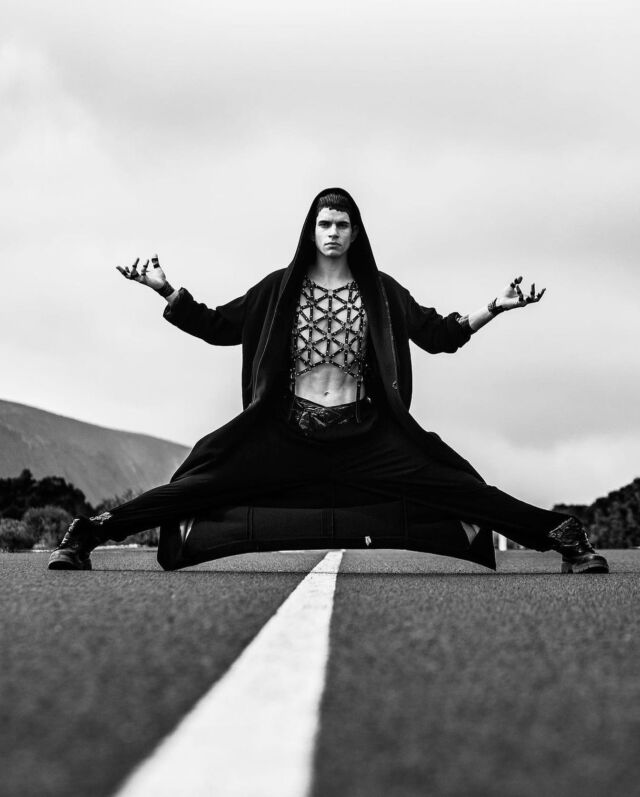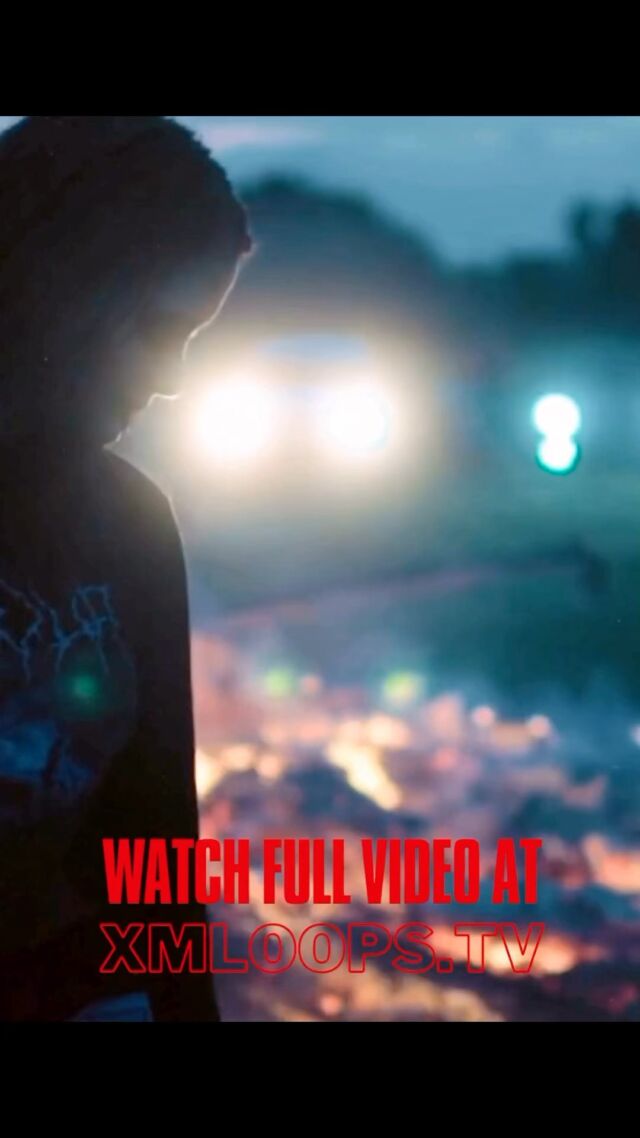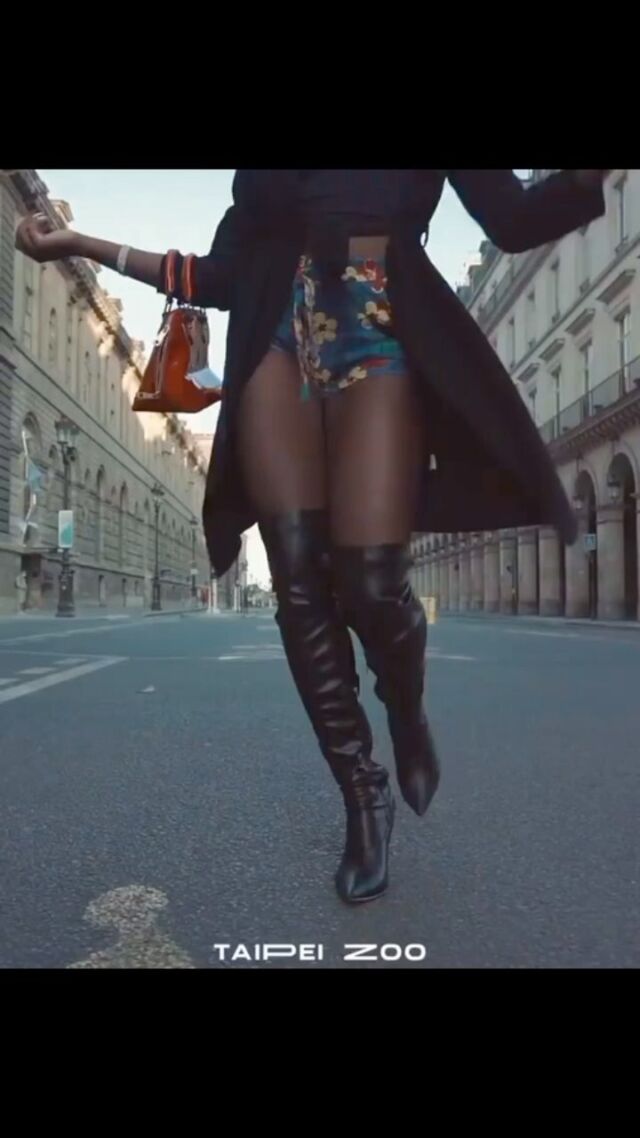When Taylor Swift released nine vinyl editions of her album “Folklore” in 2020, Tylor Hammers, a fan in Florida, took notice. But it wasn’t until “Midnights” two years later that he became a true collector, scouring the internet and retail shops for every variation of her albums he could find — spending about $1,000 in the process — and cataloging the technicolor expanse of Swift’s LP output in an online discography.
“I get enjoyment out of being a completionist,” Hammers, 24, said in a recent interview.
He’s not the only one.
Although streaming remains the dominant music format, physical media has been a growing niche where the industry can cater to so-called superfans, who express their dedication to artists by shelling out big bucks for collectible versions of new releases, sometimes in multiple quantities. K-pop acts like BTS pioneered this strategy by putting out an array of elaborate CD packages, often featuring goodies like postcards and photo booklets, which helped the boy band repeatedly go to No. 1.
But nobody does it quite like Swift, or at least at the same scale. Last year she sold 3.5 million LPs in the United States, thanks in part to five pastel-hued variants of “1989 (Taylor’s Version),” a rerecording of her 2014 album, and the popularity of Swift’s entire catalog during her record-breaking Eras Tour.
When Swift’s latest album, “The Tortured Poets Department,” comes out on Friday, it will be available in a portfolio of different versions — on vinyl, CD and even cassette — with bonus tracks and, on certain “deluxe” editions sold through Swift’s website, trinkets like magnets, photo cards and engraved bookmarks. Some items, like a standard CD, go for as little as $13. But last weekend, Swift’s site offered a limited run of autographed LPs for $50, which, according to fans on social media, vanished in 20 minutes.
“Vinyl collecting fits so well into Taylor’s fandom,” Hammers said, “because we’ve always collected Taylor-related things like clothing, general merchandise, CDs and even confetti.”
It is a global phenomenon, driven in part by the far greater revenues that artists can earn from physical products in the age of streaming, when per-click royalties are infinitesimal. Of the 10 most popular albums around the world last year, according to the International Federation of the Phonographic Industry, two were by Swift and five were by K-pop acts. Vinyl collecting also spiked during the Covid-19 pandemic, exacerbating supply-chain problems and resulting in monthslong delays, though wait times have since lessened.
Swift, 34, has long understood the role that collectible items can play in building fan connections. A decade ago, when the original “1989” album went on sale, she reposted images of fans displaying the CDs they bought in shops. For “Lover” in 2019, Swift sold four CD editions that came with booklets featuring excerpts from her journal entries.
For “Midnights,” a total of 35 physical products, each with its own UPC code, were sold in the United States, according to Luminate, which supplies the data for Billboard’s charts. Some of those were essentially duplicates, like 10 boxed sets containing a CD and a tee, categorized by the size of the shirts. But the list of “Midnights” products also includes CDs and vinyl LPs with varying disc colors and cover art, plus editions with bonus tracks, autographed photos and edited lyrics, along with a CD that was initially sold only at her live shows.
Most ingeniously, a sequence of numbers on the back covers of the four standard “Midnights” LPs, when arranged in a grid, formed the hours of a clock. For $49, Swift’s site also sold shelves and a working timepiece to go with them. In its opening week, “Midnights” sold 1.1 million copies as a complete package, the first time any album had crossed the million mark in pure sales since Swift’s own “Reputation,” five years earlier.
As of last week, “Midnights” has had the equivalent of 7.1 million album sales in the United States, with streaming making up about 58 percent of that total, according to Luminate. But about 2.5 million copies — 35 percent of the album’s total consumption — were sold on physical media. The most popular version, with nearly 460,000 sales, was the “lavender” CD, with three extra tracks, sold at Target stores. (That figure does not represent all of Target’s sales of the album.) The lone cassette version, issued in “moonstone blue,” sold 17,000 copies and is now being offered for upward of $100 on resale sites like eBay and Discogs.
In recent years, collectible packaging, particularly in the form of multicolored vinyl, has become de rigueur for virtually any major artist hoping for a No. 1 debut, from Olivia Rodrigo and Beyoncé to Harry Styles and the Red Hot Chili Peppers. In a streaming-dominated era, when digital music offers nothing tangible for fans to display as a totem, a rainbow of vinyl variants is one draw for fans; versions with extra tracks, sold through exclusive deals with Target, Walmart or indie shops, are another.
Dan Runcie, who analyzes the music industry on his podcast and newsletter Trapital, sees the phenomenon as partly a matter of artists and record companies catching up to the merchandising of sports.
“The music industry is trying to figure out how to maximize superfans and give them more of what they want,” Runcie said. “Some are willing to pay to have more variants on the wall. It’s no different from sports fans paying up to have rookie cards.”
But it has also brought waves of dissenting backlash, with accusations that artists are exploiting fans’ loyalty — some anonymous Swifties balked last year about the “1989” remake versions being a “shameless cash grab” — and about the environmental impact of all that duplicate packaging.
Billie Elish will release her next album, “Hit Me Hard and Soft,” due May 17, on eight vinyl variants — though she has said they will all be made with recycled materials.
Last month, before her album announcement, Eilish briefly caused a minor fracas when she said in an interview with Billboard that it was “wasteful” for artists to release “40 different vinyl packages that have a different unique thing just to get you to keep buying more.” Swift fans interpreted that comment as directed at their idol; Eilish then clarified on social media, “I wasn’t singling anyone out, these are industry-wide systemic issues.”
Hammers, who collects records by Lana Del Rey as avidly as he does Swift’s, said he didn’t agree that an artist releasing multiple vinyl editions exploited fans’ loyalty. Fans aren’t forced to buy anything, he said, and he appreciated artists who put care into their product.
“At the end of the day, they’re all trying to sell their music,” he said, “and it’s one way to sell it.”



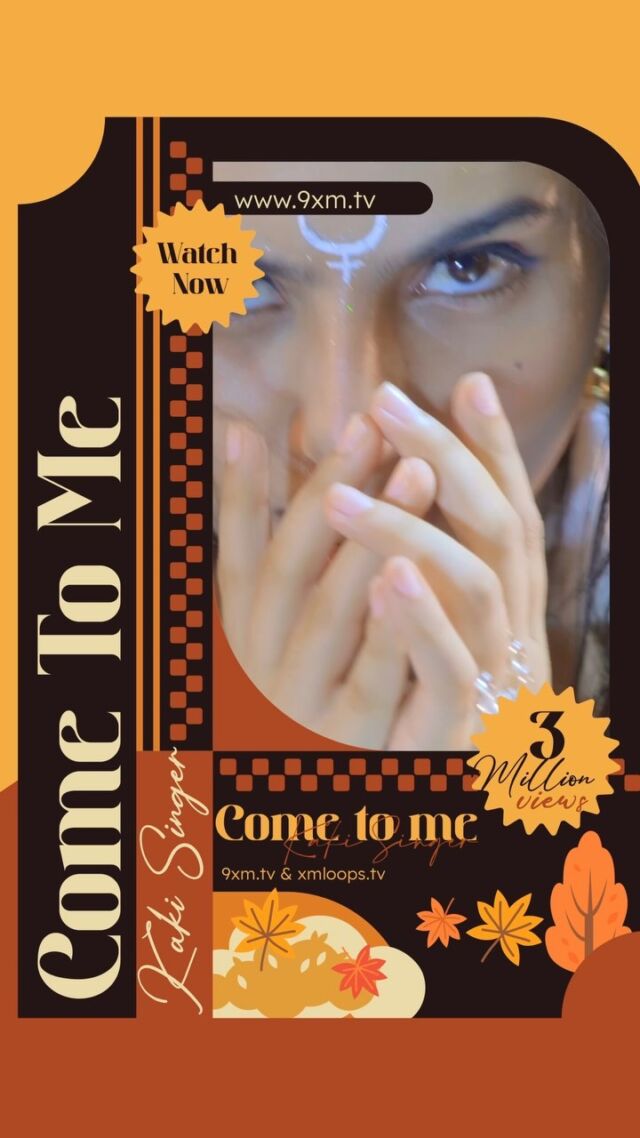

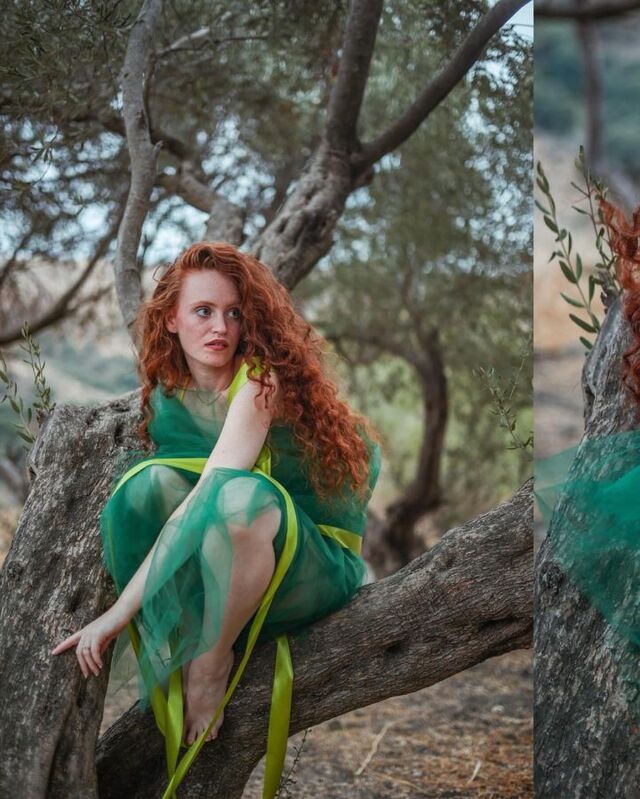
![Growing up learning Indian Classical Music, I’ve developed a deep appreciation for diverse musical genres, and techno is definitely one that has captured my interest. Got inspired to write this track by blending the beautiful melodies of Hindustani classical, particularly Raag Bhairav, with the beats of techno. Excited to share this fusion with you all!
Music by @miladzki
Check it out and vibe with me! 🎶✨
[ techno, newmusic, fusion, indianclassicalmusic, techno, music, kakisinger ]](https://talentsofworld.com/wp-content/uploads/wp-social-ninja/instagram/9xm.tv/18327743320185528_full.jpg)
![Listen to this Version of Dil Kho Gaya
Original Song From the Movie Dil.
Anand-Milind, Udit Narayan, Anuradha Paudwal sung this song
Music by Anand-Milind
Hope you guys like this Rendition of the Classic Song by Kaki Singer.
Like, Share & Comment.
[ Dil, Dil kho Gaya, old songs, Classic Bollywood, old song covers, retro songs, indian old songs, old hindi songs, melodies, kaki singer, Indian singers ]](https://talentsofworld.com/wp-content/uploads/wp-social-ninja/instagram/9xm.tv/17999564600299237_full.jpg)
